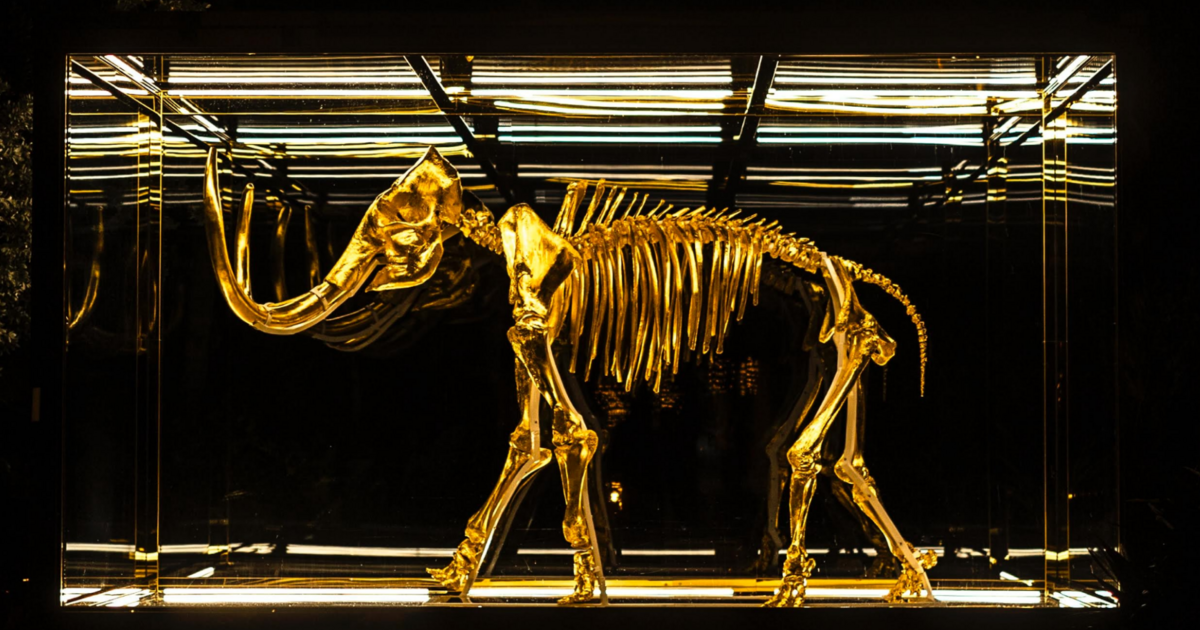Fabrizio Musacchio<p>Brody and <a href="https://sigmoid.social/tags/Hopfield" class="mention hashtag" rel="nofollow noopener noreferrer" target="_blank">#<span>Hopfield</span></a> (2003) showed how networks of <a href="https://sigmoid.social/tags/SpikingNeurons" class="mention hashtag" rel="nofollow noopener noreferrer" target="_blank">#<span>SpikingNeurons</span></a> (<a href="https://sigmoid.social/tags/SNN" class="mention hashtag" rel="nofollow noopener noreferrer" target="_blank">#<span>SNN</span></a>) can be used to process temporal information based on computations on the timing of spikes rather than the rate of spikes. This is particularly relevant in the context of <a href="https://sigmoid.social/tags/OlfactoryProcessing" class="mention hashtag" rel="nofollow noopener noreferrer" target="_blank">#<span>OlfactoryProcessing</span></a>, where the timing of spikes in the olfactory bulb is crucial for encoding odor information. Here is a quick tutorial, that recapitulates the main concepts of that network using <a href="https://sigmoid.social/tags/NEST" class="mention hashtag" rel="nofollow noopener noreferrer" target="_blank">#<span>NEST</span></a> <a href="https://sigmoid.social/tags/simulator" class="mention hashtag" rel="nofollow noopener noreferrer" target="_blank">#<span>simulator</span></a>:</p><p>🌍 <a href="https://www.fabriziomusacchio.com/blog/2024-08-21-olfactory_processing_via_spike_time_bases_computation/" rel="nofollow noopener noreferrer" translate="no" target="_blank"><span class="invisible">https://www.</span><span class="ellipsis">fabriziomusacchio.com/blog/202</span><span class="invisible">4-08-21-olfactory_processing_via_spike_time_bases_computation/</span></a></p><p><a href="https://sigmoid.social/tags/CompNeuro" class="mention hashtag" rel="nofollow noopener noreferrer" target="_blank">#<span>CompNeuro</span></a></p>
Recherches récentes
Aucune recherche récente
Options de recherche
Disponible uniquement lorsque vous êtes connecté.
mastouille.fr est l'un des nombreux serveurs Mastodon indépendants que vous pouvez utiliser pour participer au fédiverse.

Mastouille est une instance Mastodon durable, ouverte, et hébergée en France.
Administré par :
Statistiques du serveur :
592comptes actifs
mastouille.fr: À propos · Annuaire des profils · Politique de confidentialité
Mastodon: À propos · Télécharger l’application · Raccourcis clavier · Voir le code source · v4.3.4
#olfactoryprocessing
0 message · 0 participant · 0 message aujourd’hui
ExplorerFlux en direct
Mastodon est le meilleur moyen de suivre ce qui se passe.
Suivez n'importe qui à travers le fédivers et affichez tout dans un ordre chronologique. Ni algorithmes, ni publicités, ni appâts à clics en perspective.
Créer un compteSe connecterGlissez et déposez pour envoyer
